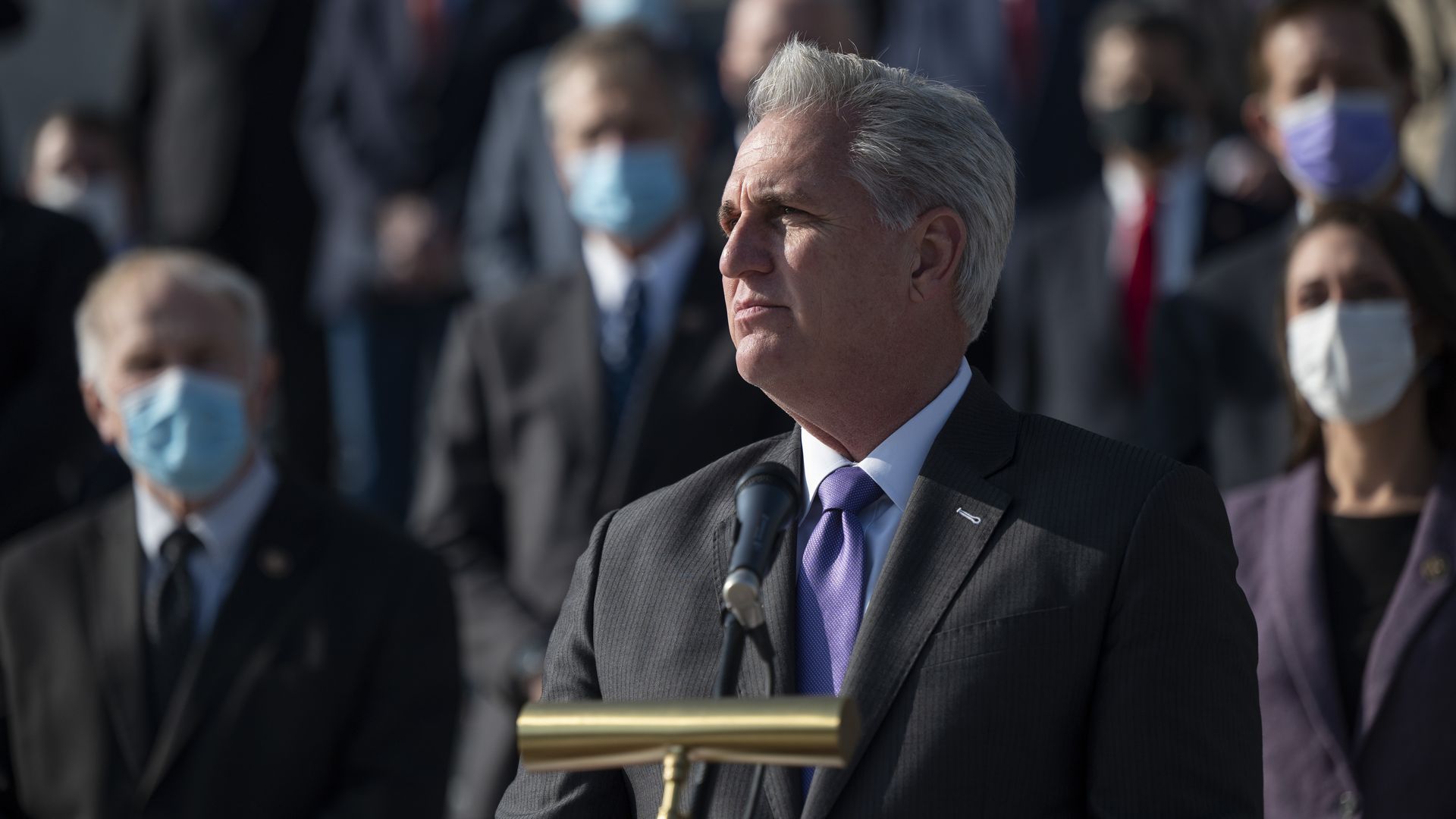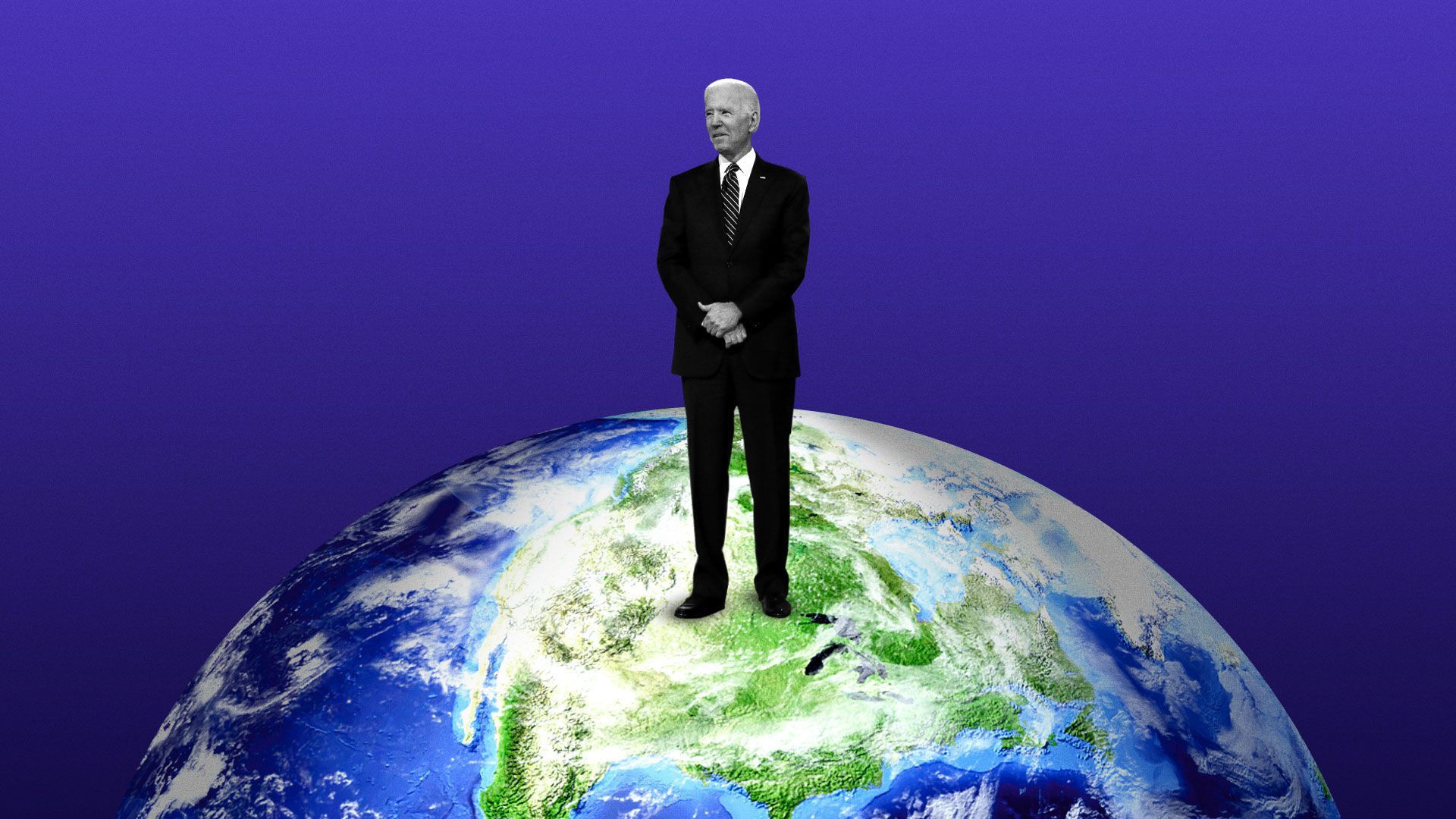Nokia Corporation
Stock Exchange Release
December 16, 2020, at 08:00 (CET +1)
Nokia provides a mid-point update on strategy and operating model
- Nokia aligns to deliver critical networks to CSPs, enterprises and webscales.
- Company aims for technology leadership in all segments it chooses to play in.
- Nokia sees value gradually migrating from monolithic systems towards silicon, cloud-native software and services, and the industry moving towards as-a-service business models.
- Provides transparency on expected operating margin performance of its four new business groups in 2021. Previously provided outlook for 2020 and 2021 remain unchanged.
Espoo, Finland – Today Nokia provides an update on its strategy and operating model. On October 29 Nokia announced the first phase of its new strategy, outlining high-level strategic principles alongside a new operating model designed to better position the company for changing markets and align with customer needs. The new model is effective from January 1, 2021. Detailed business group strategies will be provided on Capital Markets Day on March 18, 2021.
Our focus areas
"We are positioning Nokia to lead in a changing world," says Pekka Lundmark, President and CEO of Nokia.
"The world faces big problems: environmental issues, resource scarcity, inequality and stalling productivity. Technology will be an essential part of the solution. As a result, we will see an increase in critical networks, which will extend to all corners of society."
Critical networks are advanced networks that run mission-critical services for companies and societies. They are becoming increasingly important and extending to all corners of society. This means that Nokia's addressable market for critical networks with CSPs, webscales and enterprises is also extending.
Customers are using a best-of-breed approach to build these networks, selecting network elements from multiple individual vendors who are able to offer the best performance per total cost of ownership. Nokia is aiming to be the technology leader in the areas it chooses to play in.
"We are well positioned to be a trusted partner for critical networks. We are experienced in creating both carrier-grade performance networks and working with the world's most demanding webscales. We have a strong position in technologies that are important for critical networks, such as open and virtualized radio access networks and we are on course for a 100% cloud-native software portfolio," says Lundmark.
Nokia also sees a market evolution where value in critical networks will gradually shift from monolithic systems towards silicon, software and services; where the importance of cloud-native and open solutions will increase; and where value will be captured through different business models.
"We are one of the leading network equipment providers to evolve monolithic core networks to virtualized core networks that are fully cloud-native.
One of our focus areas will be to continue building out our capabilities in this area to ensure technology and market leadership. We are well positioned to pivot to new business models as our customers' needs evolve and require more as-a-service solutions," says Lundmark.
Continuing to strengthen Nokia's long-term research and global patent portfolio is a key element in securing technology leadership. Nokia's ambition is to lead in all domains including innovation, products, standardization and patents.
"Committing to long-term investment in research and innovation will allow us to anticipate and capitalize on industry changes and position us at the front of the pack when new technology windows open."
Providing transparency to Nokia's four new business groups
Today, Nokia provided its assumptions for its four new business groups and Group Common and Other in 2021 and over the longer term. The company will discuss the addressable markets, competitive positions and strategic focus areas for each business group during its strategy webcast to analysts.
Nokia's previously provided outlook for 2020 and 2021 remains unchanged. In connection with its Q3 2020 results, Nokia expects comparable* operating margin of 7-10% in 2021.
Nokia intends to provide recast comparative segment results for 2020 by mid-March 2021 and more detailed information at its Capital Markets Day on March 18, 2021.
- Mobile Networks' immediate focus will be on executing its turnaround and regaining 5G leadership. It will focus on leadership in ORAN and vRAN, maintaining scale with CSP customers and growing its enterprise-dedicated Private Wireless Networks business. It is expected to deliver comparable* operating margin of around zero percent in 2021, and significant improvement over the longer term.
- Network Infrastructure (previously IP and Fixed Networks) will focus on the building blocks and essential solutions of critical networks, using its technology leadership in IP Networks, Optical Networks, Fixed Networks, and Alcatel Submarine Networks to drive digitalization across all industries. It is expected to deliver comparable* operating margin in the high single digit range in 2021, and gradual improvement over the longer term.
- Cloud and Network Services creates value for both service providers and enterprise customers as demand for critical networks accelerates, leading the transition to cloud-native software and as-a-service delivery models. It is expected to deliver comparable* operating margin in the mid-single digit range in 2021, and significant improvement over the longer term.
- Nokia Technologies will continue to monetize and grow the value of Nokia's intellectual property and licensing revenue by investing in innovation and its world-leading patent portfolio as well as pursuing other licensing opportunities. It is expected to deliver a slight improvement in comparable* operating profit in 2021, relative to 2020, and stable performance over the longer term.
- Group Common and Other, which predominately consists of corporate costs, is expected to be run in a lean manner, with costs directly embedded into the business groups whenever possible. Group Common and Other is expected to deliver a comparable* operating loss of approximately €200 million in 2021.
*Comparable results exclude amortization of acquired intangibles, restructuring and other items affecting comparability. This information provided reflects Nokia's new operating model, effective January 1, 2021.
Webcast details
Nokia's strategy webcast for analysts will begin on December 16, 2020, at 3 p.m. EET. A link to the webcast will be available at www.nokia.com/financials. Media representatives can listen in via the link, or alternatively call +1 412 717 9224.
Note: Proposed organizational changes referenced in this release may be subject to consultation with employee representatives in certain jurisdictions and are not considered final until such processes are completed.
Investor inquiries
Nokia Investor Relations
Tel.: +358 40 803 4080
Email: investor.relations@nokia.com
Media inquiries
Nokia Communications
Tel.: +358 10 448 4900
Email: press.services@nokia.com
About Nokia
We create the critical networks and technologies to bring together the world's intelligence, across businesses, cities, supply chains and societies.
With our commitment to innovation and technology leadership, driven by the award-winning Nokia Bell Labs, we deliver networks at the limits of science across mobile, infrastructure, cloud, and enabling technologies.
Adhering to the highest standards of integrity and security, we help build the capabilities we need for a more productive, sustainable and inclusive world.
For our latest updates, please visit us online www.nokia.com and follow us on Twitter @nokia.
FORWARD-LOOKING STATEMENTS
It should be noted that Nokia and its businesses are exposed to various risks and uncertainties and certain statements herein that are not historical facts are forward-looking statements. These forward-looking statements reflect Nokia's current expectations and views of future developments and include statements regarding: A) expectations, plans or benefits related to our strategies, growth management and operational key performance indicators; B) expectations, plans or benefits related to future performance of our businesses (including the expected impact, timing and duration of that impact of COVID-19 on our businesses, our supply chain and our customers' businesses) and any future dividends including timing and qualitative and quantitative thresholds associated therewith; C) expectations and targets regarding financial performance, cash generation, results, the timing of receivables, operating expenses, taxes, currency exchange rates, hedging, cost savings, product cost reductions and competitiveness, as well as results of operations including targeted synergies, better commercial management and those results related to market share, prices, net sales, income and margins; D) expectations, plans or benefits related to changes in organizational and operational structure; E) expectations regarding competition within our market, market developments, general economic conditions and structural and legal change globally and in national and regional markets, such as China; F) our ability to integrate acquired businesses into our operations and achieve the targeted business plans and benefits, including targeted benefits, synergies, cost savings and efficiencies; G) expectations, plans or benefits related to any future collaboration or to business collaboration agreements or patent license agreements or arbitration awards, including income to be received under any collaboration or partnership, agreement or award; H) timing of the deliveries of our products and services, including our short term and longer term expectations around the rollout of 5G, investment requirements with such rollout, and our ability to capitalize on such rollout; I) expectations and targets regarding collaboration and partnering arrangements, joint ventures or the creation of joint ventures, and the related administrative, legal, regulatory and other conditions, as well as our expected customer reach; J) outcome of pending and threatened litigation, arbitration, disputes, regulatory proceedings or investigations by authorities; K) expectations regarding restructurings, investments, capital structure optimization efforts, uses of proceeds from transactions, acquisitions and divestments and our ability to achieve the financial and operational targets set in connection with any such restructurings, investments, capital structure optimization efforts, divestments and acquisitions, including our current cost savings program; L) expectations, plans or benefits related to future capital expenditures, reduction of support function costs, temporary incremental expenditures or other R&D expenditures to develop or rollout software and other new products, including 5G, ReefShark and increased digitalization; M) expectations regarding our customers' future actions, including our customers' capital expenditure constraints and our ability to satisfy customer's needs and retain their business; and N) statements preceded by or including "believe", "expect", "expectations", "deliver", "maintain", "strengthen", "target", "estimate", "plan", "intend", "assumption", "focus", "continue", "should", "will" or similar expressions. These forward-looking statements are subject to a number of risks and uncertainties, many of which are beyond our control, which could cause our actual results to differ materially from such statements. These statements are based on management's best assumptions and beliefs in light of the information currently available to them. These forward-looking statements are only predictions based upon our current expectations and views of future events and developments and are subject to risks and uncertainties that are difficult to predict because they relate to events and depend on circumstances that will occur in the future. Factors, including risks and uncertainties that could cause these differences include, but are not limited to: 1) our strategy is subject to various risks and uncertainties and we may be unable to successfully implement our strategic plans, sustain or improve the operational and financial performance of our business groups, correctly identify or successfully pursue business opportunities or otherwise grow our business; 2) general economic and market conditions, general public health conditions (including its impact on our supply chains) and other developments in the economies where we operate, including the timeline for the deployment of 5G and our ability to successfully capitalize on that deployment; 3) competition and our ability to effectively and profitably invest in existing and new high-quality products, services, upgrades and technologies and bring them to market in a timely manner; 4) our dependence on the development of the industries in which we operate, including the cyclicality and variability of the information technology and telecommunications industries and our own R&D capabilities and investments; 5) our dependence on a limited number of customers and large multi-year agreements, as well as external events impacting our customers including mergers and acquisitions and the possibility of our customers awarding business to our competitors; 6) our ability to maintain our existing sources of intellectual property-related revenue through our intellectual property, including through licensing, establishing new sources of revenue and protecting our intellectual property from infringement; 7) our ability to manage and improve our financial and operating performance, cost savings, competitiveness and synergies generally, expectations and timing around our ability to recognize any net sales and our ability to implement changes to our organizational and operational structure efficiently; 8) our global business and exposure to regulatory, political or other developments in various countries or regions, including emerging markets and the associated risks in relation to tax matters and exchange controls, among others; 9) our ability to achieve the anticipated benefits, synergies, cost savings and efficiencies of acquisitions; 10) exchange rate fluctuations, as well as hedging activities; 11) our ability to successfully realize the expectations, plans or benefits related to any future collaboration or business collaboration agreements and patent license agreements or arbitration awards, including income to be received under any collaboration, partnership, agreement or arbitration award; 12) Nokia Technologies' ability to protect its IPR and to maintain and establish new sources of patent, brand and technology licensing income and IPR-related revenues, particularly in the smartphone market, which may not materialize as planned, 13) our dependence on IPR technologies, including those that we have developed and those that are licensed to us, and the risk of associated IPR-related legal claims, licensing costs and restrictions on use; 14) our exposure to direct and indirect regulation, including economic or trade policies, and the reliability of our governance, internal controls and compliance processes to prevent regulatory penalties in our business or in our joint ventures; 15) our reliance on third-party solutions for data storage and service distribution, which expose us to risks relating to security, regulation and cybersecurity breaches; 16) inefficiencies, breaches, malfunctions or disruptions of information technology systems, or our customers' security concerns; 17) our exposure to various legal frameworks regulating corruption, fraud, trade policies, and other risk areas, and the possibility of proceedings or investigations that result in fines, penalties or sanctions; 18) adverse developments with respect to customer financing or extended payment terms we provide to customers; 19) the potential complex tax issues, tax disputes and tax obligations we may face in various jurisdictions, including the risk of obligations to pay additional taxes; 20) our actual or anticipated performance, among other factors, which could reduce our ability to utilize deferred tax assets; 21) our ability to retain, motivate, develop and recruit appropriately skilled employees; 22) disruptions to our manufacturing, service creation, delivery, logistics and supply chain processes, and the risks related to our production sites; 23) the impact of litigation, arbitration, agreement-related disputes or product liability allegations associated with our business; 24) our ability to re-establish investment grade rating or maintain our credit ratings; 25) our ability to achieve targeted benefits from, or successfully implement planned transactions, as well as the liabilities related thereto; 26) our involvement in joint ventures and jointly-managed companies; 27) the carrying amount of our goodwill may not be recoverable; 28) uncertainty related to the amount of dividends and equity return (if any) we are able to distribute to shareholders for each financial period; 29) pension costs, employee fund-related costs, and healthcare costs; 30) our ability to successfully complete and capitalize on our order backlogs and continue converting our sales pipeline into net sales; 31) risks related to undersea infrastructure; and 32) the scope and duration of the COVID-19 impact on the global economy and financial markets as well as our customers, supply chain, product development, service delivery, other operations and our financial, tax, pension and other assets, and the shape of the economic recovery following the pandemic as well as the risk factors specified in our 2019 annual report on Form 20-F published on March 5, 2020 under "Operating and financial review and prospects-Risk factors" as supplemented by the form 6-K published on April 30, 2020 under the header "Risk Factors" and in our other filings or documents furnished with the U.S. Securities and Exchange Commission. Other unknown or unpredictable factors or underlying assumptions subsequently proven to be incorrect could cause actual results to differ materially from those in the forward-looking statements. We do not undertake any obligation to publicly update or revise forward-looking statements, whether as a result of new information, future events or otherwise, except to the extent legally required.
If you wish to no longer receive these messages you can unsubscribe.

















